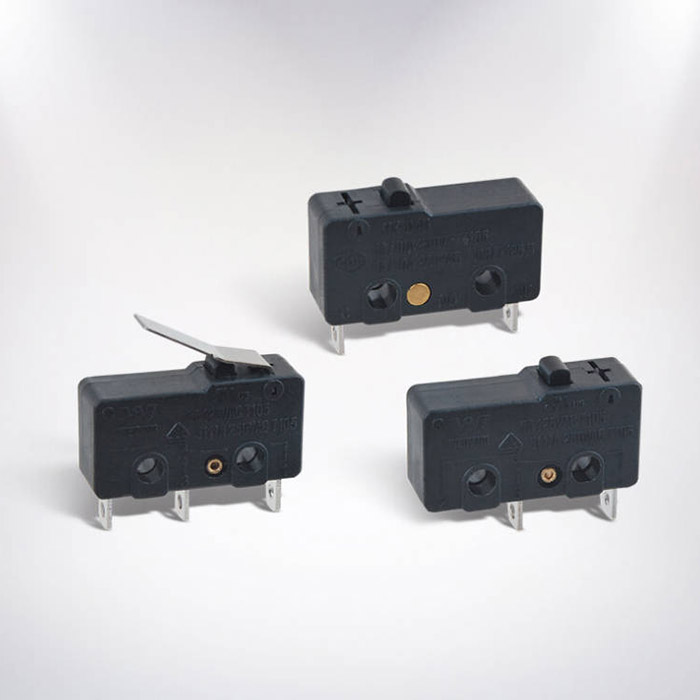Enhancing Energy Efficiency: The Role of Micro Switches in a Car's Electrical System
2024-06-13
In today's automotive landscape, energy efficiency is a cornerstone of design, driving advancements in technology to optimize vehicle performance and reduce environmental impact. Among the components contributing to this efficiency, micro switches play a pivotal role in enhancing the electrical system of a car. This blog explores how micro switches contribute to energy efficiency in a car's electrical system, highlighting their functions, benefits, and impact on overall vehicle performance.
Understanding Micro Switches in Automotive Applications
Micro switches, also known as snap-action switches, are miniature electromechanical devices that are designed to quickly open or close an electrical circuit in response to a physical force or motion. They are characterized by their precise actuation, reliability, and ability to operate effectively under various environmental conditions.
How Micro Switches Contribute to Energy Efficiency
1. Precision Control of Electrical Components
Micro switches are used extensively throughout a car's electrical system to control various components such as lights, sensors, actuators, and safety mechanisms. Their quick response and accurate actuation ensure that electrical circuits are only energized when necessary, minimizing energy consumption and optimizing overall efficiency.
2. Reduced Standby Power Consumption
In applications where micro switches control devices that require standby power (e.g., interior lights, power windows), their ability to completely open the circuit when not in use helps reduce standby power consumption. This ensures that energy is not wasted on powering idle components, thereby improving the overall energy efficiency of the vehicle.
3. Enhanced Battery Management
Micro switches contribute to efficient battery management by preventing unnecessary drain on the vehicle's electrical system. For instance, in systems like door switches or trunk switches, micro switches ensure that interior lights or other accessories are only powered when needed, thereby preserving battery life and reducing the load on the alternator.
4. Optimized Performance of Safety Systems
Safety systems in modern vehicles, such as airbag deployment mechanisms and seatbelt sensors, rely on micro switches to detect specific conditions and trigger appropriate responses. By ensuring reliable and precise operation of these safety components, micro switches contribute to overall vehicle safety while minimizing energy consumption associated with their activation.
5. Integration with Energy-Efficient Technologies
Micro switches are integral to the integration of energy-efficient technologies in automotive design. For example, in hybrid and electric vehicles (EVs), micro switches play a crucial role in controlling battery charging systems, regenerative braking mechanisms, and energy management systems. Their efficient operation helps maximize the range and performance of EVs, contributing to overall energy savings.
6. Durability and Longevity
Micro switches are designed to withstand the rigors of automotive environments, including temperature variations, vibrations, and mechanical stress. Their durable construction ensures reliable performance over the vehicle's lifespan, minimizing the need for maintenance and replacement, which in turn contributes to sustainability and cost-effectiveness.
Conclusion
Micro switches are indispensable components in a car's electrical system, facilitating precise control, reducing energy consumption, and optimizing overall performance and efficiency. Their ability to quickly respond to physical inputs and reliably manage electrical circuits enhances vehicle functionality while promoting sustainability through reduced energy usage. As automotive technology continues to evolve towards greater energy efficiency and environmental responsibility, micro switches will remain integral to achieving these goals, ensuring that modern vehicles operate efficiently and responsibly on the road.



